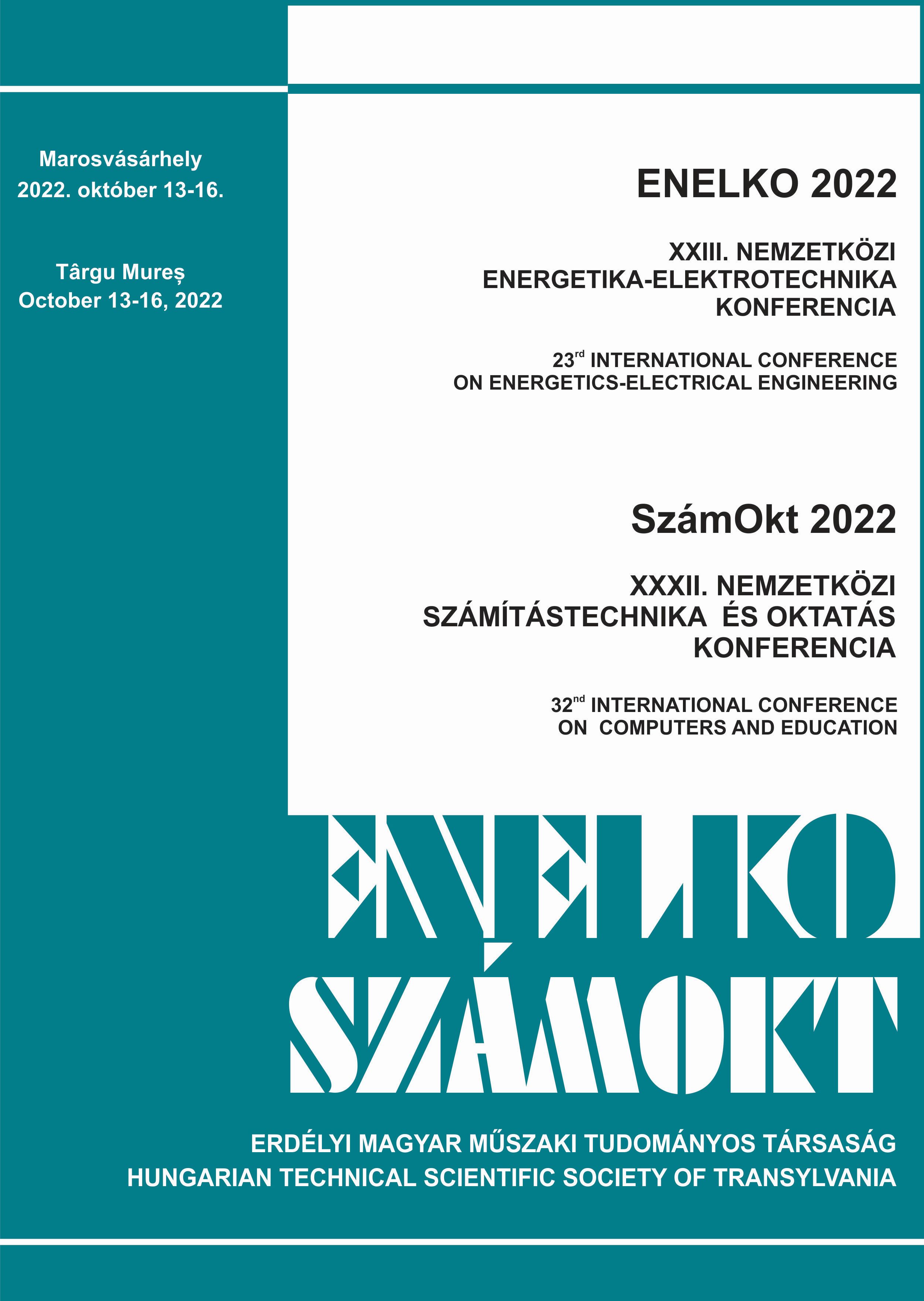Számítógépes modellezés „Julia” nyelvben
Mathematical modelling with the Julia language
Keywords:
julialang, jupyter notebook, mathematical modelling, teaching modelling, /, julialang programnyelv, jupyter, matematikai modellezés, számítógépes matematika, oktatásAbstract
This article suggests that the newly developed language Julia – in the following called julialang – to be used as a tool for mathematical modelling. The language is based on other modern computer languages and is aimed to be at ease for mathematicians who can use it – together with its programming / coding environment – for implementing, understanding, and testing new algorithms. If necessary, the algorithms can be scaled up and run on a large – massive scale.
In the article we present the distinctive features of julialang – based on comparisons with the Python language and on some novel programming concepts -, followed by a few application domains that might make julialang a popular teaching tool. The article emphasises the ease of developing new algorithms in julialang.
Kivonat
Jelen írásban egy új nyelvet - a JULIA nyelvet - ismertetünk, melyet a továbbiakban julialang-ként használunk. A julialang egy viszonylag "fiatal", de intenzíven fejlesztett nyelv, melyet feladatok matematikai modellezésére és azok gyors és skálázható tesztelésére optimalizálnak. A programnyelv kifejlesztésénél cél az is, hogy legyen elérhető egy kódoló-környezet - matematikusoknak eszköz -, melyet könnyen kezel egy matematikus; ebben a környezetben tud fejleszteni is új algoritmusokat; ezeket tudja tesztelni, illetve – amennyiben szükség – ezeket fel is tudja skálázni nagy rendszerekre.
Bemutatjuk a nyelv jellemzőit - melyet a Python nyelv ismeretére, illetve a programozásból ismert funkcionális nyelvek és kompilátorok sajátosságaira alapozunk - majd bemutatunk néhány hasznos alkalmazási területet. Kiemelendő, hogy a julialang nagyon könnyen használható az oktatásban is, mely könnyedséget igyekszünk hangsúlyozni a bemutatás során.
References
Regier, J., Pamnany, K., Giordano, R., Thomas, R., Schlegel, D., & McAuliffe, J. (2016). Learning an astronomical catalog of the visible universe through scalable Bayesian inference. arXiv preprint arXiv:1611.03404.
Sherrington, M. (2015). Mastering Julia. Packt Publishing Ltd.
Balbaert I. (2015) Getting started with Julia programming. Pack Publishing, ISBN 978-1-78328-479-5.
Sengupta A. (2019) Julia high performance. Optimisations, distributed computing, multithreading, and GPU programming, Pack Publishing, ISBN 978-1-78829-811-7
Anderson E, Bai Z, Bischof S C andBlackford, Demmel J, Dongarra J J andDu Croz, Greenbaum A, et al.(1999) LAPACK Users’ Guide, Third Edition.Society for Industrial and Applied Mathematics, ISBN: 0-89871-447-8.





